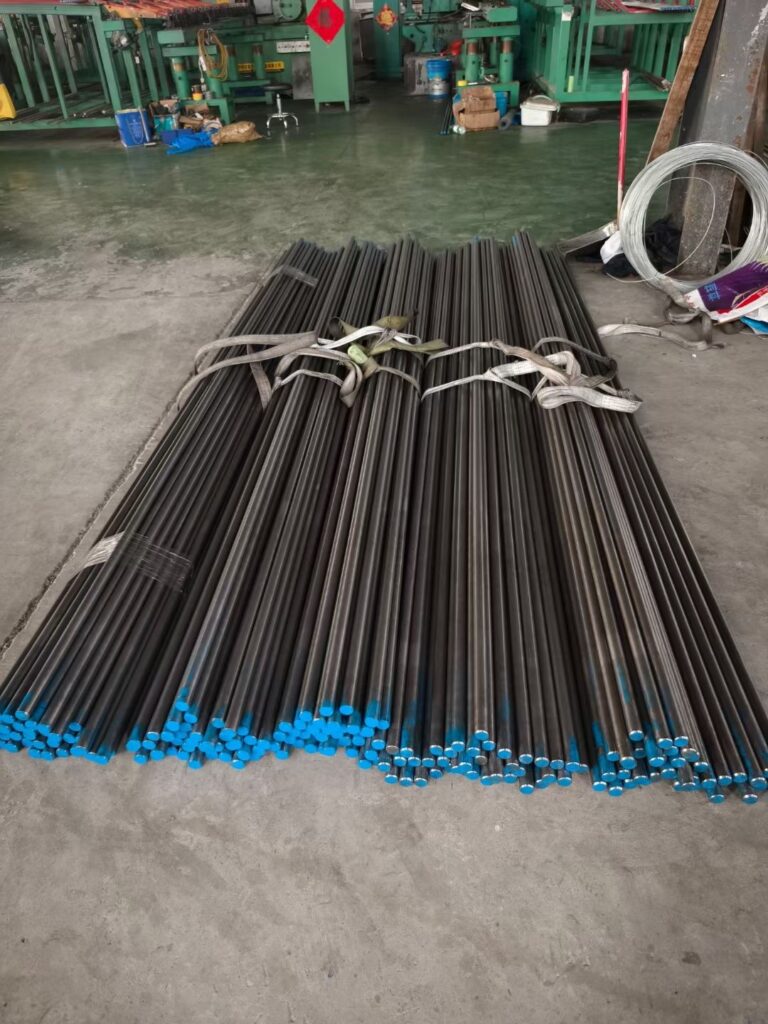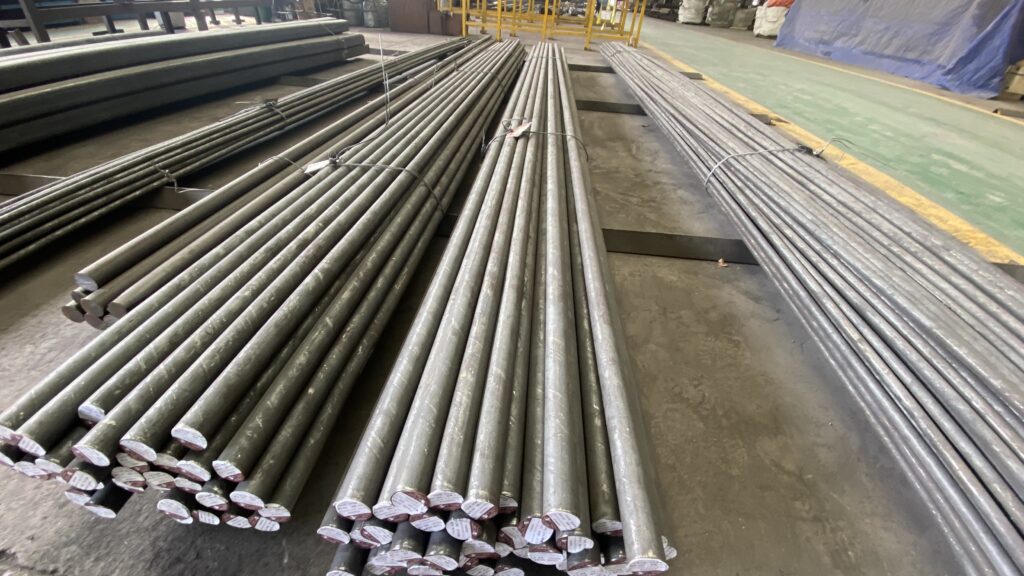Introduction
In recent years, sustainability has become a critical concern in material selection for various industries. Among the various materials available, 306 stainless steel stands out due to its unique properties and eco-friendly characteristics. This blog delves into why 306 stainless steel is an excellent choice for those looking to make sustainable decisions.

What is 306 Stainless Steel?
306 stainless steel is an austenitic alloy primarily composed of chromium and nickel, with a small percentage of molybdenum. This combination gives it superior corrosion resistance, durability, and aesthetic appeal. Its properties make it suitable for various applications, including food processing, chemical manufacturing, and architectural structures.
Environmental Impact of 306 Stainless Steel
The production of stainless steel involves significant energy consumption; however, 306 stainless steel is relatively more sustainable than other materials due to its recyclability. The lifecycle of 306 stainless steel demonstrates its minimal environmental impact when recycled effectively.
| Lifecycle Stage | Environmental Impact |
|---|---|
| Raw Material Extraction | High |
| Production | Moderate |
| Use | Low |
| End-of-Life Recycling | Very Low |
Corrosion Resistance and Longevity
One of the standout features of 306 stainless steel is its excellent corrosion resistance. This characteristic contributes to its longevity, reducing the need for frequent replacements. This durability not only saves resources but also minimizes waste, making it a sustainable choice.
Energy Efficiency in Manufacturing
The manufacturing processes for 306 stainless steel have seen advancements in energy efficiency. Techniques such as electric arc furnaces (EAF) significantly reduce energy consumption compared to traditional methods, further enhancing its sustainability credentials.
Applications in Sustainable Industries
306 stainless steel is widely used in several industries that prioritize sustainability:
- Food Processing: Its non-reactive surface ensures safe food storage and processing.
- Construction: Used in building frameworks and facades, it offers both aesthetics and strength.
- Automotive: Utilized in components that require durability and resistance to wear.
Cost-effectiveness of 306 Stainless Steel
While the initial cost of 306 stainless steel may be higher than other materials, its durability and low maintenance requirements can lead to significant long-term savings. Businesses can benefit from reduced downtime and lower replacement costs, making it a financially sustainable choice.

Conclusion
Incorporating 306 stainless steel into your projects not only enhances durability and aesthetics but also aligns with sustainable practices. Its recyclability, longevity, and efficiency make it an ideal choice for industries looking to minimize their environmental footprint.
FAQ
What makes 306 stainless steel sustainable?
306 stainless steel is highly recyclable and has a long lifespan, which reduces waste and the need for frequent replacements.
Can 306 stainless steel be used in food processing?
Yes, its non-reactive properties make it safe for food contact applications.
How does 306 stainless steel compare to other materials in terms of energy consumption during manufacturing?
306 stainless steel is produced using energy-efficient methods like electric arc furnaces, which consume less energy than traditional methods.
What industries benefit the most from using 306 stainless steel?
Industries such as food processing, construction, and automotive benefit significantly from its durability and sustainability.
Is 306 stainless steel more expensive than other materials?
While it may have a higher initial cost, its longevity and low maintenance can lead to long-term savings.
How can I recycle 306 stainless steel?
306 stainless steel can be taken to scrap metal recycling facilities, where it can be repurposed for new products.
What are the key properties of 306 stainless steel?
Its key properties include excellent corrosion resistance, high strength, and aesthetic appeal.
By choosing 306 stainless steel, you’re not just making a material choice—you’re contributing to a more sustainable future.
